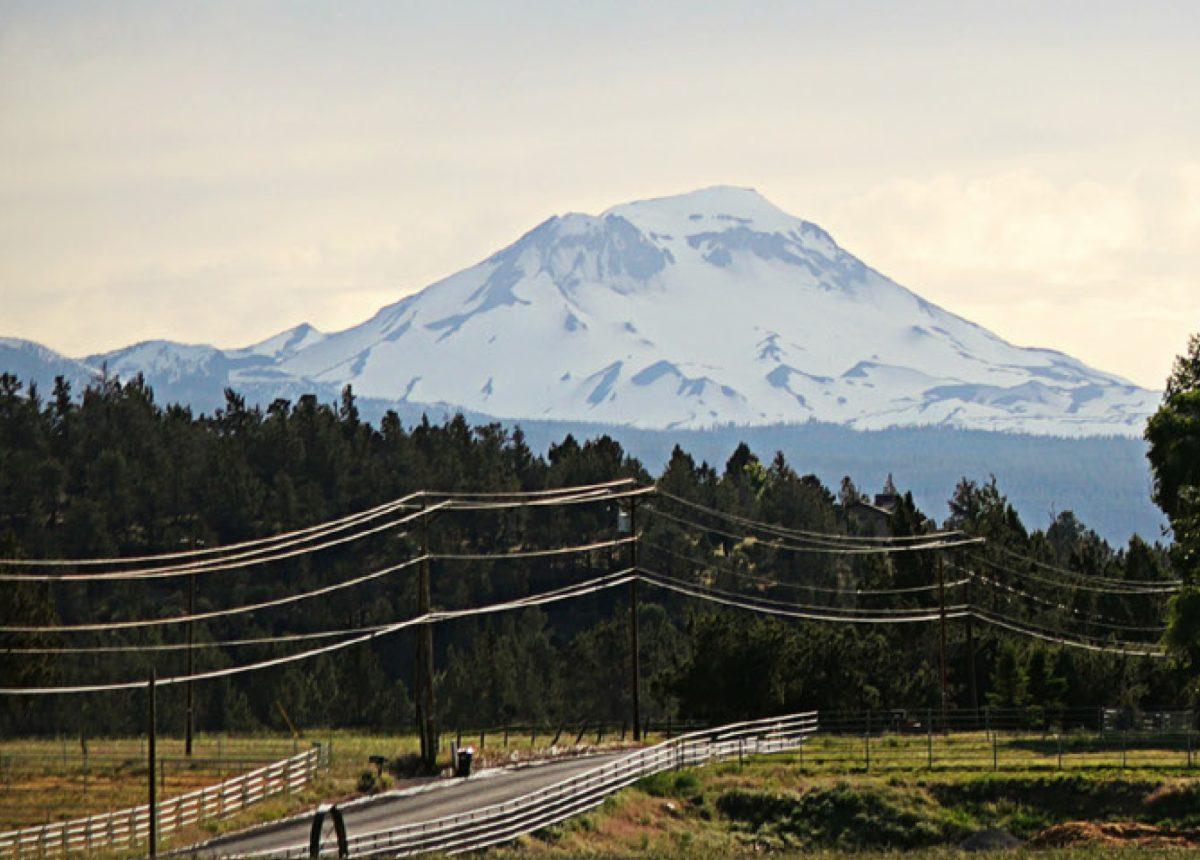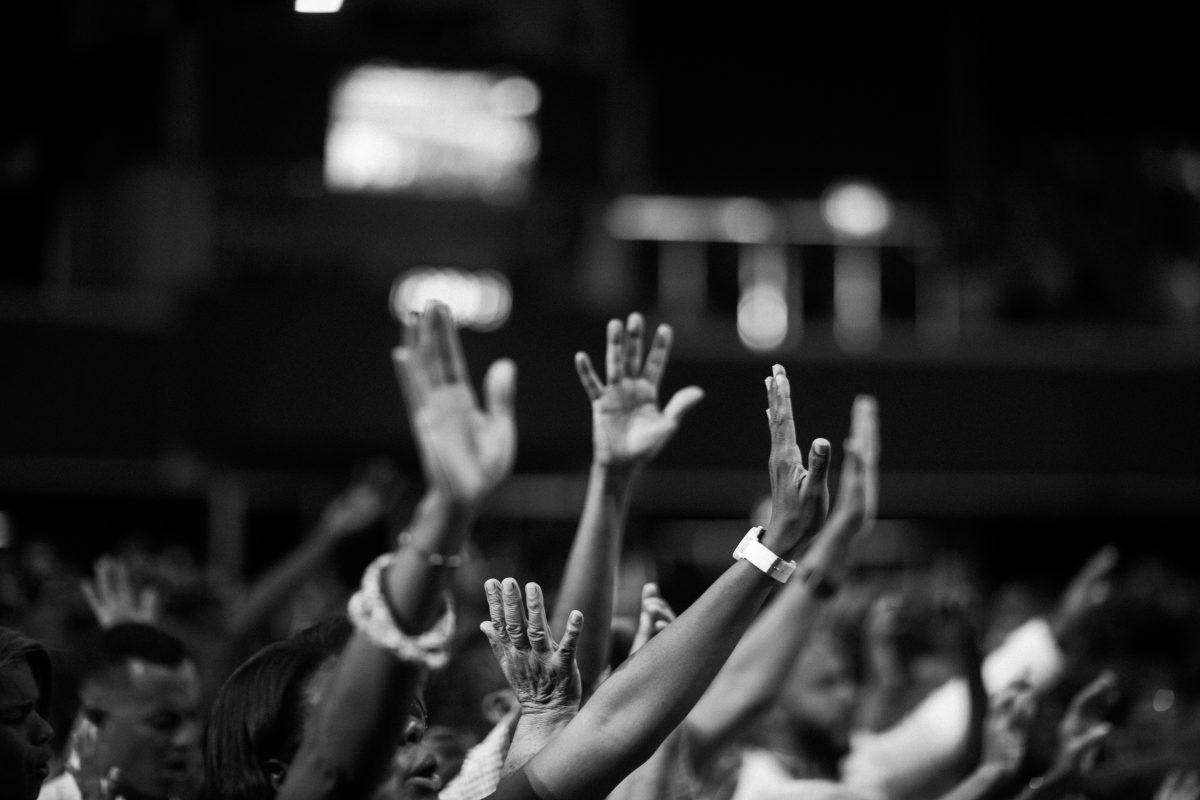By Katya Agatucci | The Broadside (Contact: [email protected])

Terrorists, extremists, radicals, guerillas, bombers, gunmen. These words petrify the public. They are shown incessantly in bold on our television screens or causing alerts to pop up on our phones.
Paris, Sutherland Springs, Charlottesville, Orlando, New York City, Manchester. All of these cities are now associated with a terrorist atrocities. School shootings, public shootings, bomb threats, suicide bombers, or people driving through the streets randomly killing and injuring civilians.
This year, there have been 1,046 terror attacks and 7,124 fatalities throughout the world, according to a collaboration between Esri Story Maps and PeaceTech Lab using crowdsourced Wikipedia data.
Of those attacks, 104 fatalities were in the U.S. compared to the 628 fatalities and 29 terror attacks in Somalia just in 2017. In Iraq, there were 589 fatalities from 32 attacks this year. Forty percent of the deaths due to terror attacks this year were in Islamic states.
This is a worldwide humanitarian issue, and yet we, the mainstream American media focus on just a sliver of how large this issue really is. Western media fails to acknowledge and cover the most severe attacks, such as those in Bangladesh, Nigeria, Yemen, Somalia and war-torn countries like Syria, Afghanistan and Iraq.
In 2015, I can recall noticing my social media feeds in 2015 covered in profile picture changes to a temporary filter for the Paris bombing that killed 130 people. This lasted for at least a week on Twitter, Facebook, Instagram and even around school.
There are always hashtags that are floating around when these attacks happen like #prayforparis and even #wearenotafraid for the London terrorist attack that killed five people, including the attacker, earlier this year.
We, as social media consumers, have come together numerous times to honor the victims of Western terrorist attacks with the noble goal of spreading awareness of what happened, as well as to condemn those responsible.
Why are we not using this power to talk about what happened in Somalia where more than 350 people died because of an Al-Shabaab terrorist attack in October?
The New York Times reported that more than 300 people lost their lives and about 128 were injured on Nov. 24 in a Sinai attack in Bir al-Abd, Egypt after explosives were set off inside of a Sufi mosque. Many of the worshippers who tried to flee were then shot to death by Bir al-Abd militants waiting outside.
This is the deadliest terror attack in Egypt’s modern history.
Why are these attacks not a trending topic on Western Twitter feeds? Why are we are more concerned with Time** dissing Trump about lying about being the person of the year?
Yes, Trump did acknowledge the attack in Egypt on Twitter. He tweeted something along the lines of connecting the attack and how tragic it was to “Need the WALL, need the BAN,” because the correlation between hundreds of people dying at their place of worship and building a wall between the United States and Mexico is so strong.
As I am writing this editorial, the trending topics on Twitter range from the Victoria’s Secret Fashion show to Harry Styles.
I am not saying that terror attacks in Europe and throughout the United States should not be acknowledged and spread via news outlets and social media, because they should. The way that we hype a small fraction of Western terror attacks is what concerns me.
The way that we use social media to spread awareness and discuss these tragedies could open the public’s eyes to everything else going on in the world.
Our “first-world” bubble shields us from so many horrific events that are constantly occurring under our noses.
I get frustrated when I see these headlines in The New York Times or CNN reporting a terror attack and then not seeing any engagement on social media — where many get their news.
I feel as if I’m the only person who is concerned about the spread of these events, which seem so easily overshadowed by Kim Kardashian’s new line of fragrance and its rapid spread across social media. How can we change this and how many people will start caring if this does change?
I’ve said this before and I’ll say it again: Central Oregon Community College is a small and intimate community, but we have the resources to spread awareness of important events beyond our comfortable Central Oregon bubble. If we do this, our phones could be so much more than just entertainment. We can utilize social media to raise awareness of issues that should matter more to us. ■














